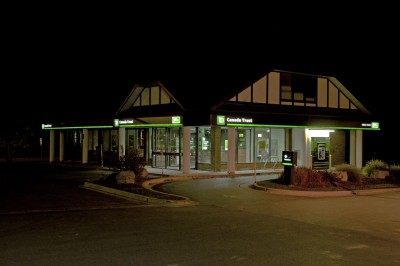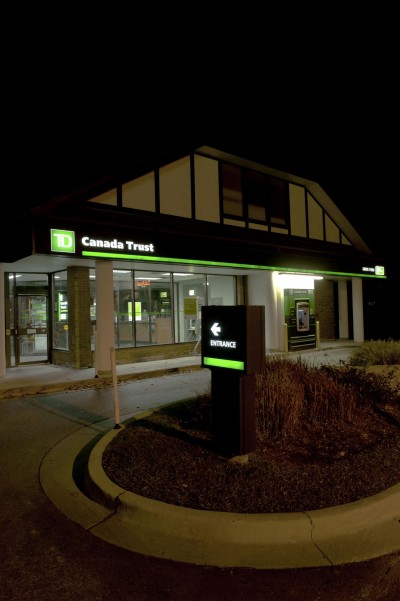By Christopher Palmieri
While light-emitting diodes (LEDs) have become a popular technology for sign illumination, due to their efficiency, longevity and performance, they have not yet succeeded other types of light sources in all mainstream applications. Box signs, for example, are still waiting for LEDs to become the new standard.
LEDs are known for their inherent energy efficiency, but signmakers can also find further efficiency by optimizing the configuration of the lighting systems in their products. With more effective use of LEDs, they can reduce the quantity of modules needed for a given sign, while at the same time reducing labour costs.
Near the surface
One of the keys is to use LED modules with optical lenses, which provide up to 30 per cent better application efficiency than systems without lenses. By distributing a light beam across angles up to 155 degrees, an optical lens ensures uniformly even illumination and colour consistency, given standard lamp spacing at a shallow sign depth of 102 mm (4 in.).
Optical lenses thus help avoid ‘hot spots’ on a sign face, i.e. areas that appear brighter than other ‘dark spots.’ High-wattage LEDs placed too close to the sign face, on the other hand, will cause these spots through poor light distribution.
Indeed, with a shallow depth of installation, LEDs can shine evenly but also relatively brighter, without increasing wattage. A much higher lumen output and/or a greater number of LEDs and power supplies—and, thus, more hours of labour for installation—would be needed, for example, to achieve the same appearance if the modules were 152 to 305 mm (6 to 12 in.) away from the sign face. Generally, for every 51 mm (2 in.) further distance between the LEDs and the sign face, there is an approximately 25 per cent decrease in lighting effectiveness.
So, by installing the lighting modules closer to the surface, the sign can be populated less densely in terms of the overall number of LEDs. This reduces costs, because fewer LEDs will need to be purchased for a given project and less wattage will be needed on an ongoing basis.

These Toronto-Dominion (TD) Canada Trust branches in London, Ont., use LEDs to illuminate a variety of box signs.
When a box sign is pole-mounted, another advantage of installing the LEDs near the face is the prevention of a pole shadow showing through the sign. That said, many of the same benefits apply to channel letters (either internally illuminated or halo-lit), low-profile indoor signs, cove lighting and other applications where LEDs are replacing neon or fluorescent lighting. Signmakers can finally be rid of the ‘jail bar’ effects seen with fluorescent tubes mounted inside poster boxes.
When stringing ‘chains’ of LEDs throughout a sign, e.g. following the shapes of different channel letters, brighter modules with better light distribution will prove most efficient, requiring the least amount of installation work. Less expensive chains, on the other hand, will need to be purchased in greater quantities to achieve the same effect—and that means more time needed for installation. Again, the goal is to minimize the distance from the sign face and maximize the stroke spacing between modules.






